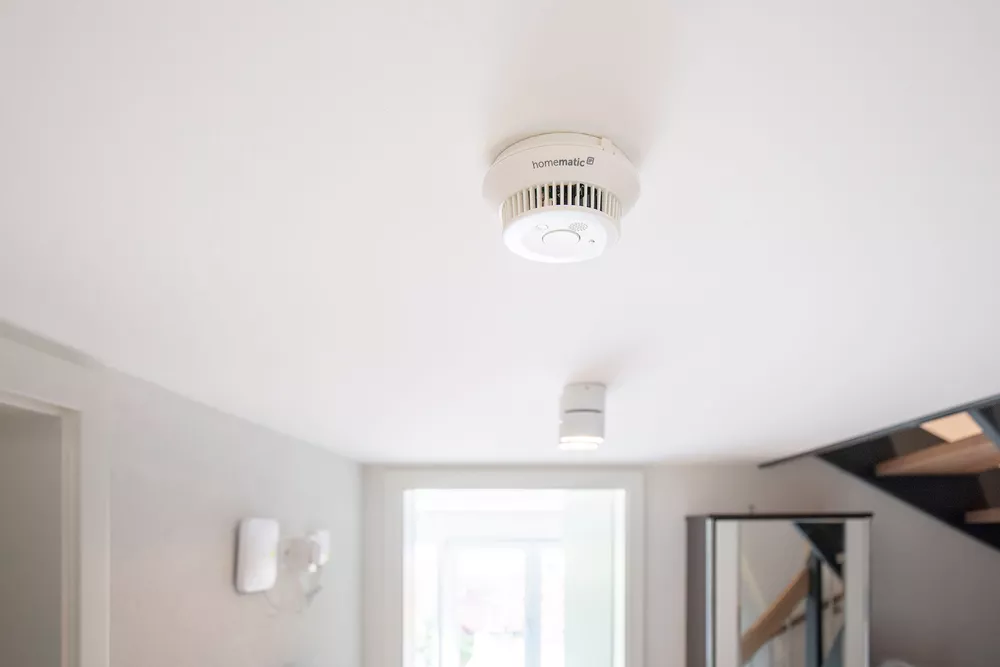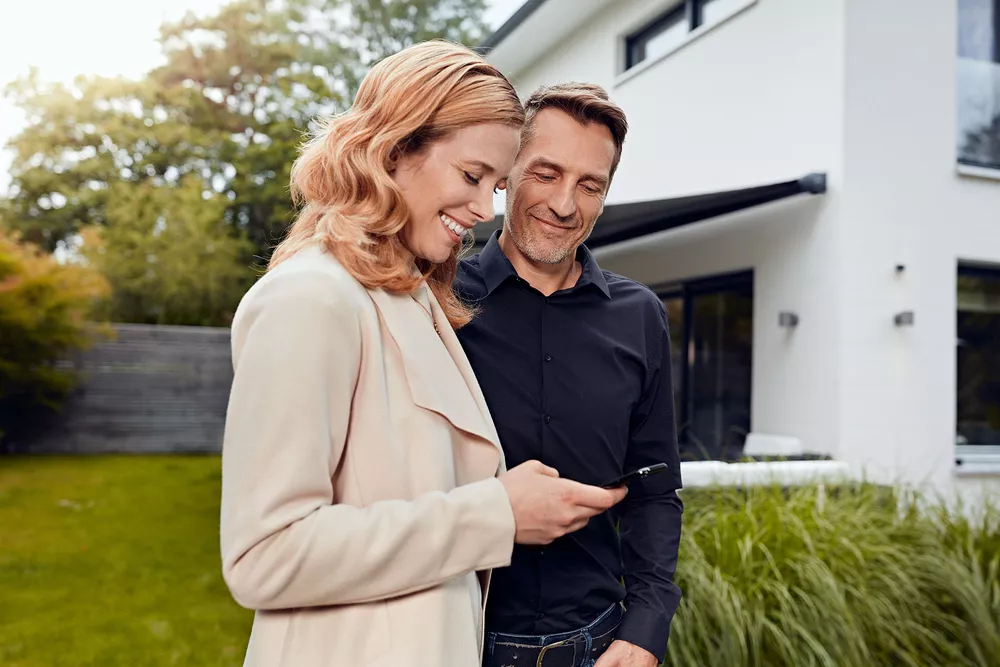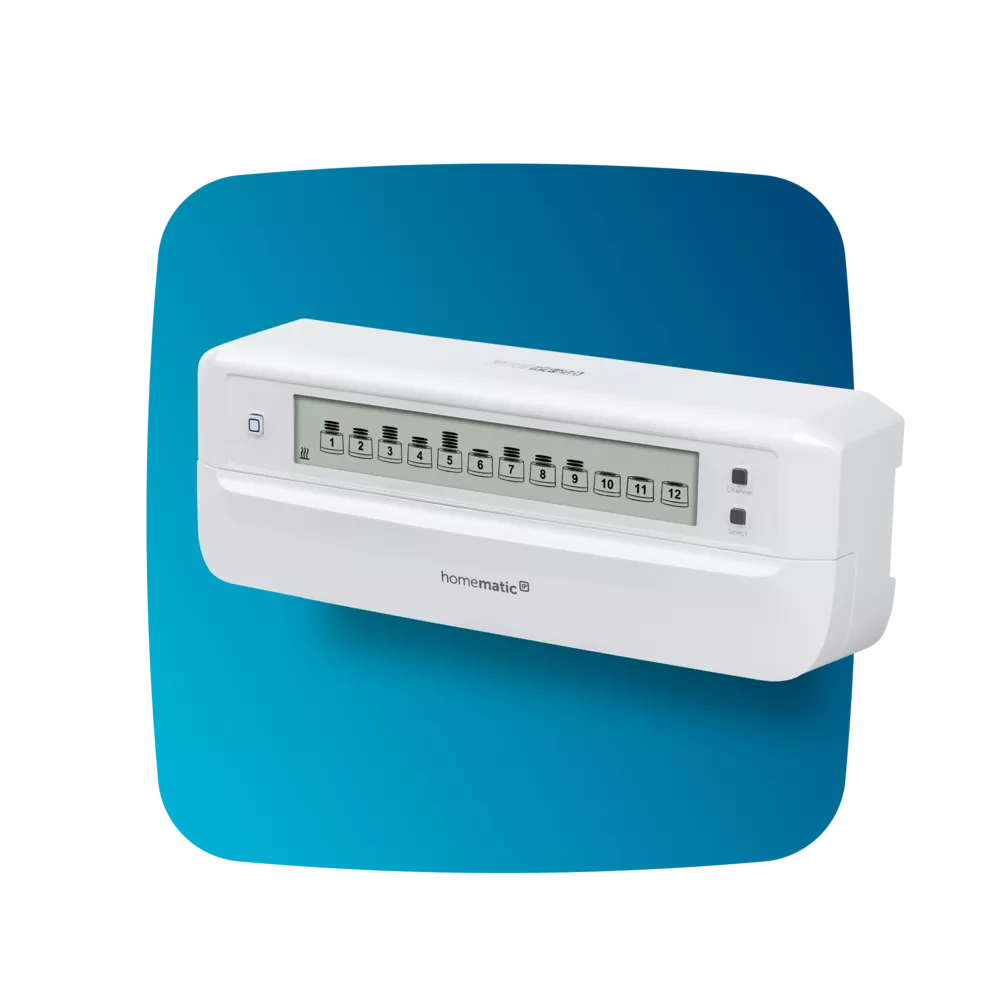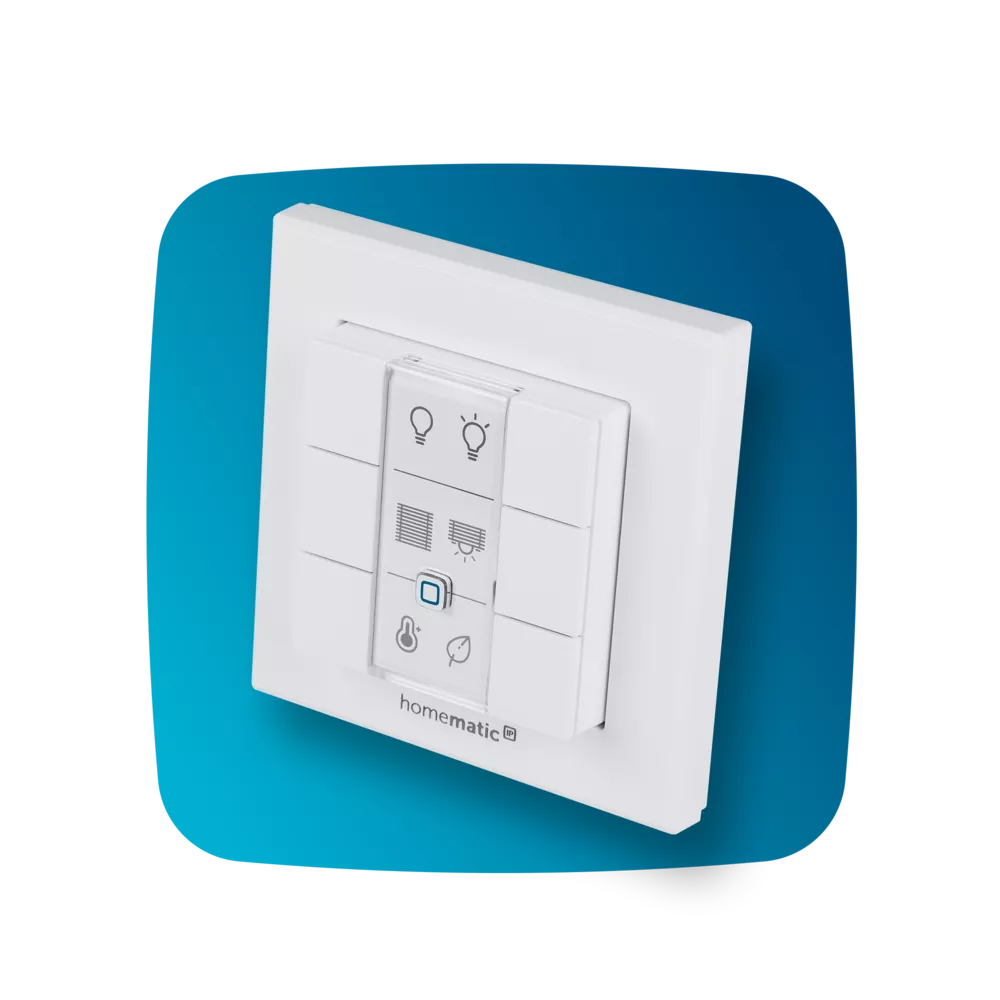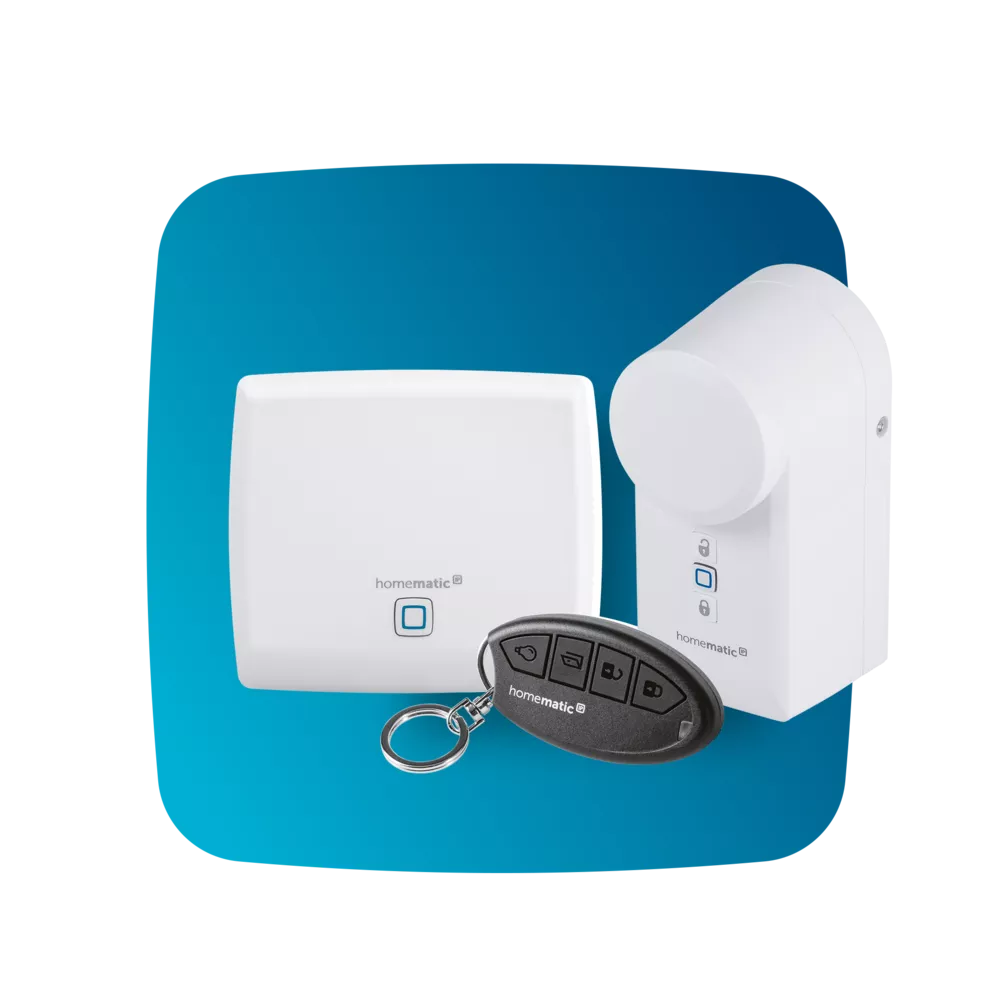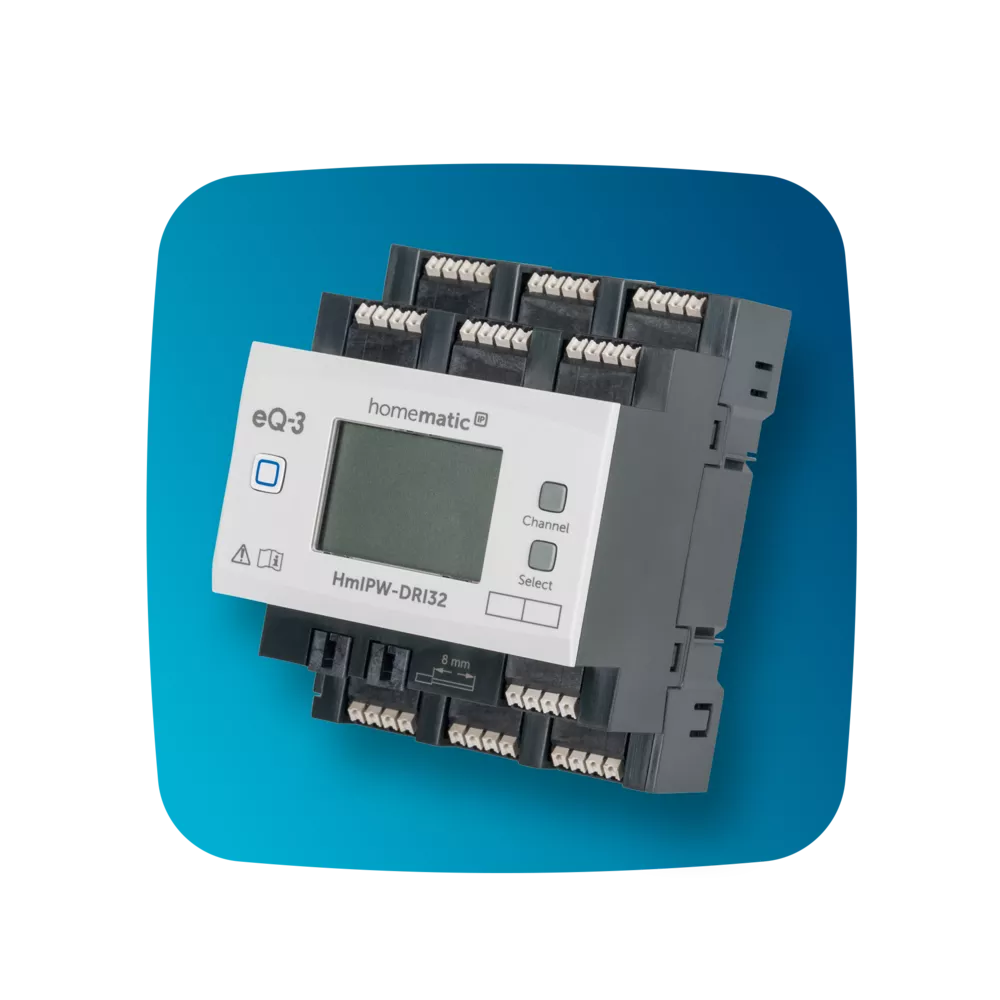Accessible smart homes: enabling the elderly and people with disabilities to live self-sufficiently in their own homes
So you think smart homes are just for tech-savvy young people? Far from it! More and more older people are recognising the benefits of a smart home, and it is a great help in the daily life of young people with physical disabilities, too. In its showrooms, the Hamburg-based Barrierefrei Leben (accessible living) association demonstrates how people with disabilities can benefit from a smart home system such as Homematic IP.

More and more older people are recognising the benefits of a smart home.
In the “Haus für Barrierefreiheit” (the accessible house) in Hamburg, the Barrierefrei Leben association offers free advice and many examples of how to adapt a house or flat to the needs of people with disabilities. The 600m² exhibition ranges from handles in the shower to a retrofitted wheelchair-friendly lift. And all around you can find the smart helpers from Homematic IP. Most wishes can be fulfilled by a simple retrofit. For larger projects, a more extensive conversion is an option during renovation.
A frequently expressed wish is an automated front door. It should be possible to open it from any room at the touch of a button. This project can be realised without any mess or the need for new cables with the Homematic IP Door Lock Actuator, and a supplementary remote control or any Homematic IP Wall-mount Remote Control. An additional Homematic IP Keypad, attached to the outside wall, enables authorised persons, for example relatives or carers, to access the home using a numerical code. Of course, these authorisations can also be revoked or limited to certain days and times.

Controlling access with Homematic IP
Do you want your smart home to start at the front door? Then simply make your door lock smart with Homematic IP. Easily open and close the door via app, numeric keypad or remote control. You allow other people to enter your home with individual access authorisations – either permanently or only at certain times. You decide who has access to your home and when!
As we age, our need for security grows. Window contacts inform you if a window has accidentally been left open when you leave your home. The smart alarm siren informs you if someone tries to enter your home without permission. In the event of an alarm, the light can also be switched on with pluggable switch and meter units. That’s how the smart home system provides safety, security and orientation.
But fall prevention is also an important safety aspect. Good lighting ensures trip hazards can be seen. With easy-to-install wireless motion detectors and pluggable switch and meter units this safety can be achieved in just a few minutes. If you enter a room that isn’t bright enough, a light switches on automatically. It goes without saying that the motion detector is part of the burglary protection system when you are away from home.
There is still the protection of property against water damage. Although it is naturally possible to insure against tap water damage, the destruction of memories in a photo album cannot be compensated for by recouping the cost of the album. Not to mention the problems and inconvenience of cleaning up the water damage. Much better to prevent it in the first place. The Homematic IP Water Sensor can be set up wherever there is potential danger: under the dishwasher, next to the washing machine (drain hose) or as a flood detection device in the basement. Once the danger has been detected by the alarm, immediate measures can be taken, and help can be called.

The Homematic IP Water Sensor in use: making you feel safe
A very topical issue is how to reduce heating costs. These are claiming an ever larger share of people’s income, so every cubic metre of gas not burned is not only good for the environment but also good for your wallet. In addition to the above-mentioned window contacts, radiator thermostats and wall thermostats do an excellent job as energy savers. If the sensor detects that a window isn’t shut, the corresponding radiator is turned down, and heating loss through the open window is thus automatically avoided. Time schedules ensure that a room is always at a comfortable temperature when required, and that as little heating energy as possible is used the rest of the time. Thanks to their flexible wireless technology, wall thermostats can also be placed anywhere you like and thus always be easily accessible.
“We have found that the elderly and people with disabilities can use smart home products to meet their everyday needs, for example for individual lighting or a health-adapted room climate, when this becomes difficult or impossible in the usual ways. Equipping the home with digital helpers should offer comfort and security, and comply with data protection. There are also attractive advantages for relatives, who can monitor their loved one(s) with activity, fall and building damage detectors. We see a lot of interest among the target group, but also a great deal of uncertainty. We want to counter this uncertainty with our new project, “Smart Living and Care in Hamburg”. In our exhibition, people can explore different solutions and try them out for themselves. A favourite during our tours is the operation of lights, radiator thermostats, and so on by voice control.”
Something that’s particularly interesting for many people with disabilities: control using voice commands. Homematic IP supports voice control with Google Assistant and Amazon Alexa: not only are instructions such as “Alexa, raise the blind in the living room to 50%” or “Alexa, set the temperature in the bedroom one degree warmer” possible but also more complex ones such as “Alexa, start the ‘go to bed scene’”. At the same time, security is always the most important concern: It isn’t possible to open the front door or switch off the alarm function with a voice command.

Something that’s particularly interesting for many people with disabilities: control using voice commands.






